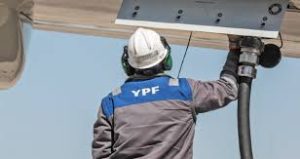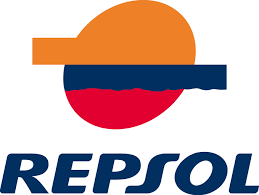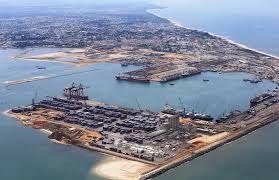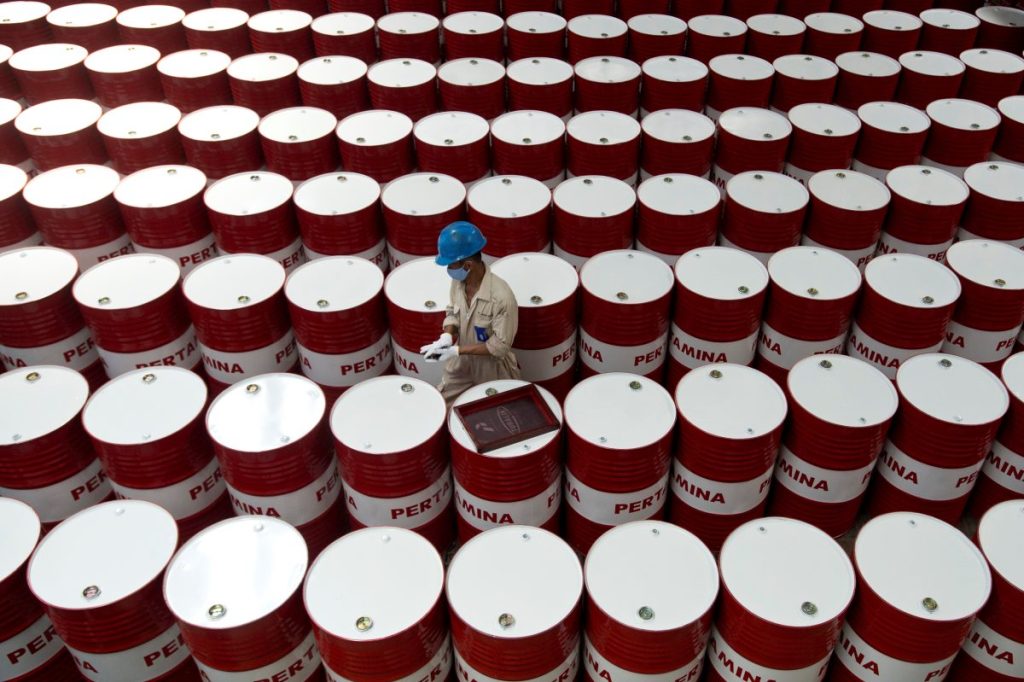The figure is a 35% year-on-year surge in production thanks to improved productivity and evacuation capacity, putting the formation on track to hit its target of 1 million bpd by 2030, the report said.
Argentina’s state-oil firm YPF led production in the region with 55% of Vaca Muerta’s oil output in the quarter, contributing to the company’s strong third quarter results.
Vista Energy’s Bajada del Palo Oeste field also contributed more than 20% of the oil output growth, data showed.
The number of horizontal wells coming into production also grew throughout the year, averaging 40 per month compared to 34 in the second quarter, with a record 46 in September.
With production on the rise, Argentina is also looking to expand its evacuation capacity, which has been a bottleneck in its oil and gas development. Earlier this month, YPF announced it would seeks 42 billion in financing for its Vaca Muerta Sur oil pipeline that could boost capacity out of the region to the export ports.
The report noted that gas production also rose 24% year-on-year to about 2.5 billion cubic feet per day, heavily driven by a rise in production by independent operators such as Pluspetrol, the report said.
It added that Pluspetrol has solidified itself in the region after acquiring ExxonMobil’s assets in the region to quadruple its holdings to 160,000 acres and could potentially expand it to 215,000 acres if QatarEnergy chooses to divest.
Argentina is hoping to become a gas exporting powerhouse and has signed a deal alongside Brazil on Wednesday with Bolivia’s YPFB to export gas from Vaca Muerta, but major infrastructure hurdles could obstruct its liquefied natural gas export dreams.
Reporting by Alexander Villegas, Editing by Louise Heavens – Reuters




